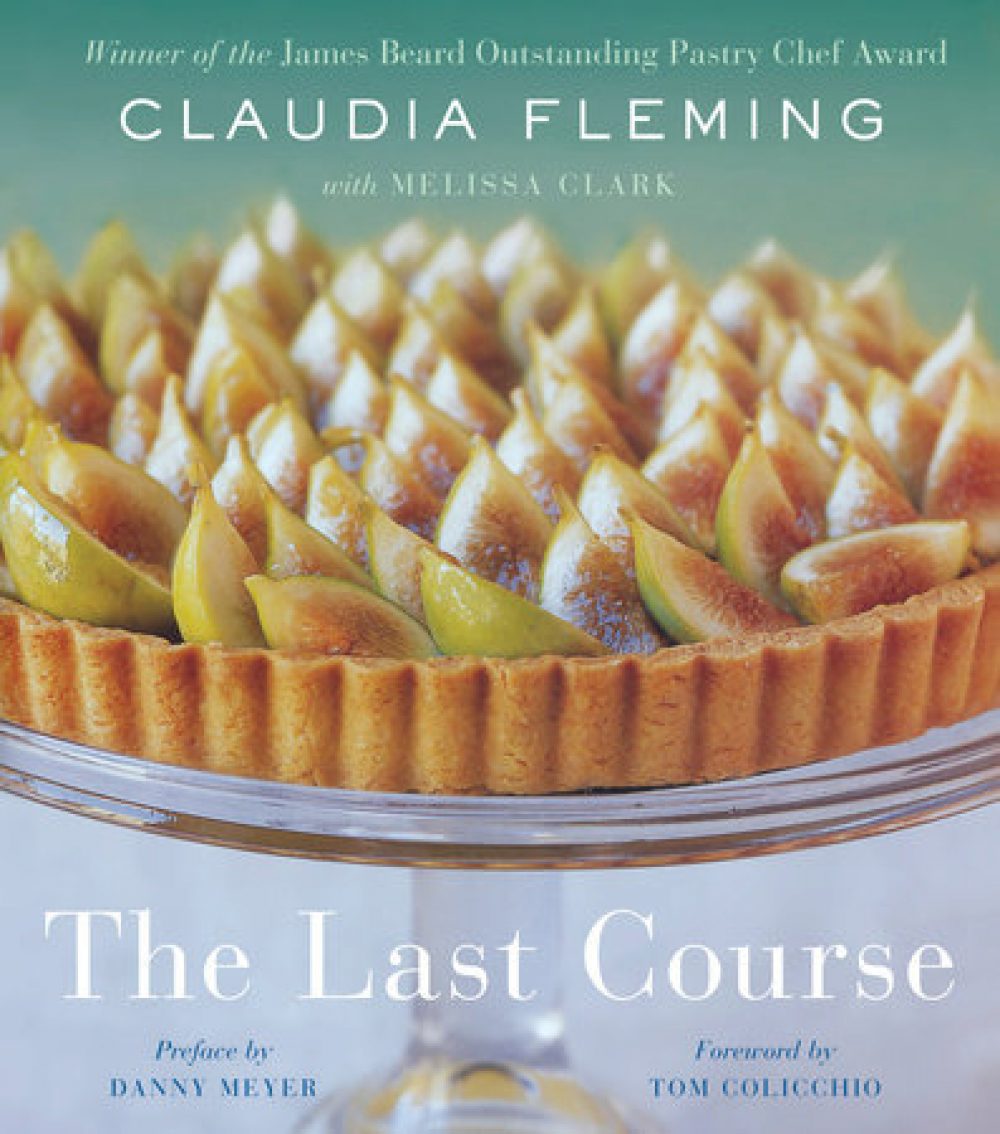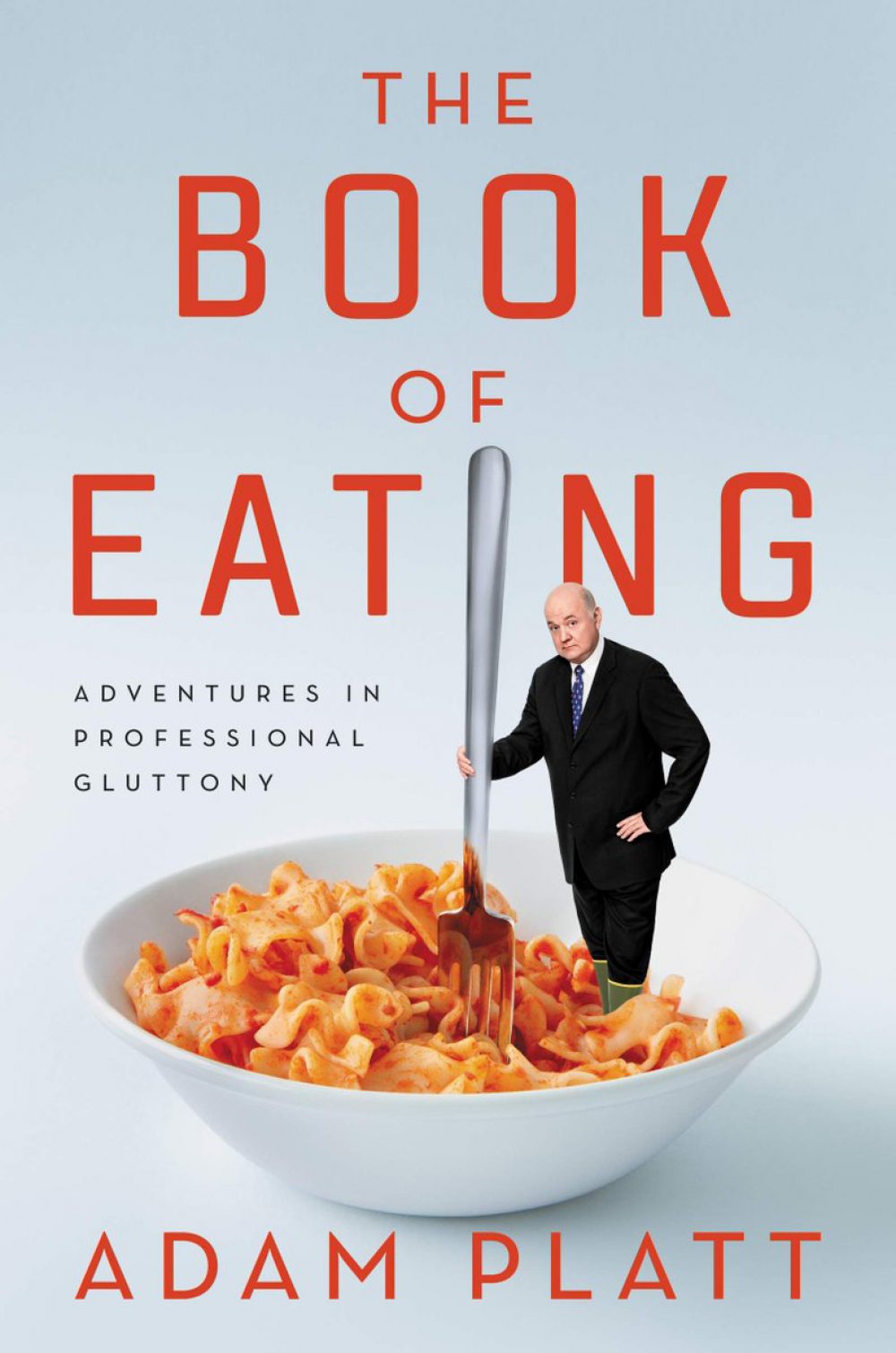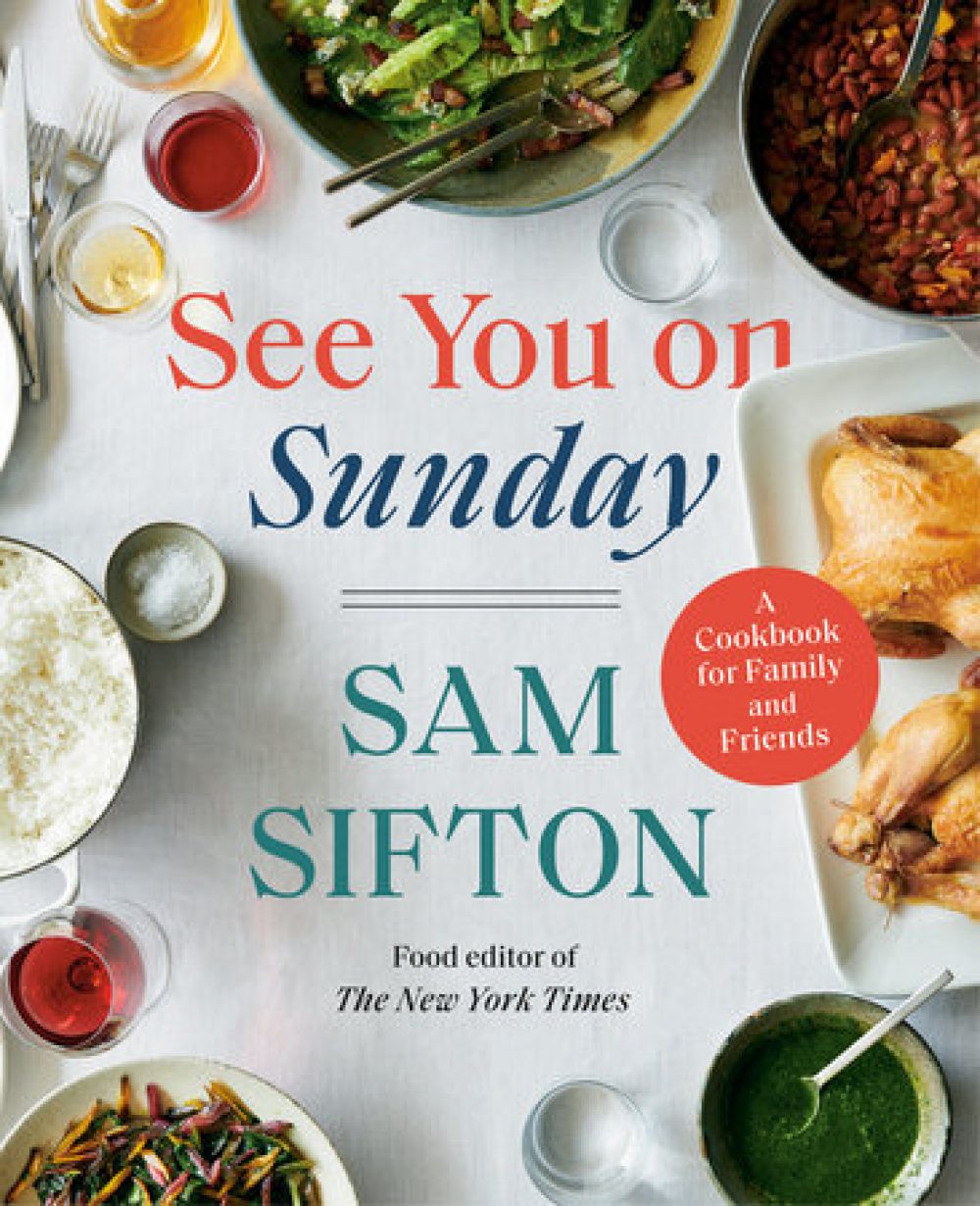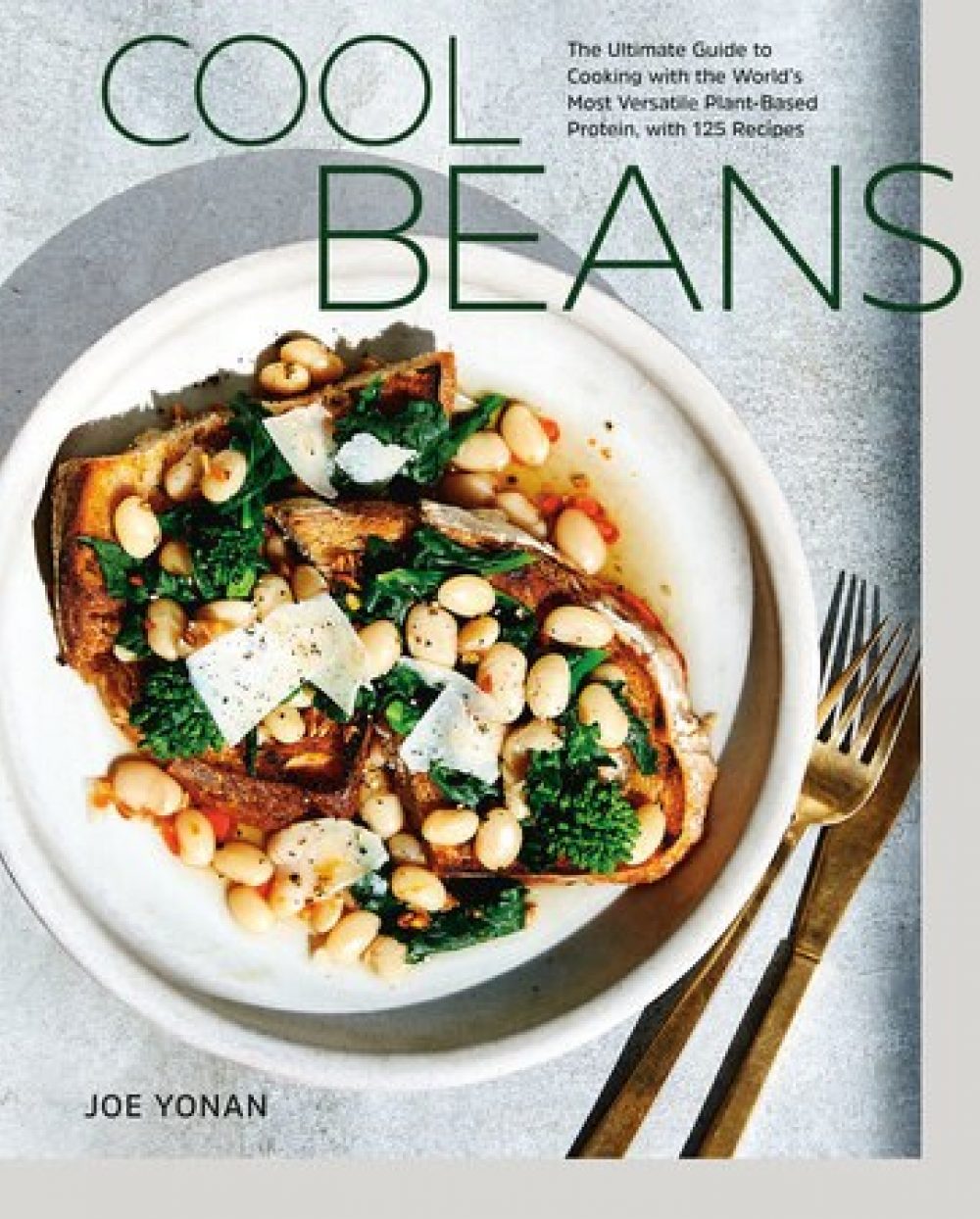
The Last Course
Originally published in 2001 and rereleased in 2019, “The Last Course” has become a cult classic; eBay copies have sold for $200. The reason is simple. Claudia Fleming trained at some of the top eateries in New York, notably Gramercy Tavern. Her signature approach to desserts is to start with fresh, vibrant flavors and let them shine. Recipes run the gamut from chocolate-and-vanilla malted crème brûlée to peach tarte tatin with black pepper ice cream. Yes, some of these are “cheffy,” but she also offers simpler fare: macerated berries, caramel blood oranges and cashew chocolate chip crisps. Very few books published almost 20 years ago stand the test of time. “The Last Course” is still standing.
Adam Platt has been a contributing editor and restaurant critic for New York Magazine since 2000. His jaunty memoir reads like the backstory to Bertie Wooster, featuring a family of irrepressible eccentrics— including his great-uncle Charlie, a former cowboy rancher, who was reported to have stood in his underwear in front of the open refrigerator musing, “Is there anything better than eating cold mashed potatoes by the icebox on a hot summer’s night with your son?” His grandfather founded the Fish Ball Club: To be a member, one ate Mrs. Paul’s frozen fish balls and shouted, “Fish balls to you!” Platt’s culinary education included dining in Hong Kong in the early ’60s, foraging for food at station stops on the Trans-Siberian Railway, Mongolian barbecue, and a memorable child’s birthday party at Le Cirque. As for the restaurant reviews, Platt points out that reviewing a newly opened restaurant is “like trying to divine the personality of a grown adult by interviewing a 7-year-old child.” Platt discovered that the life of the restaurant reviewer has unintended consequences—including an encounter with the Japanese delicacy fugu in which he was told, “If your lips are really numb, Mr. Platt, then you are already dead.” And his five-star rating system for New York Magazine ensured that most chefs received just one or two stars, which led to internecine warfare. Platt’s favorite example of his vocation’s downside was the time London restaurant critic A. A. Gill received a box with a turd in it with a note from a badly reviewed chef that read, “From one [ass] to another.” Nobody said that reviewing restaurants was for the faint of heart, but it’s terrific fodder for a memoir.

The Book of Eating: Adventures in Professional Gluttony

See You On Sunday
New York Times food editor Sam Sifton’s latest book is framed by his belief that there is a sacramental element to Sunday suppers. It’s about gathering around the table not to worship food but to enjoy it. As Sifton notes, his recipes—from garlic bread to grilled chicken with white barbecue sauce— have been “tested on the plates of strangers, offered in peace to people who did not ask what they were eating and who asked for more when they were done. That’s not nothing.”
A few months ago, preparing for a trip to Mexico City, I asked Washington Post food and dining editor Joe Yonan about where to eat, and he waxed poetic about a bowl of beans he had eaten at Eduardo García’s Máximo Bistrot restaurant. That’s it, just a bowl of beans. Two weeks later, I was in Xochimilco, eating those very same beans cooked by García. They were meaty, brothy and slightly spicy. “Cool Beans” delivers this same level of surprise throughout, from coconut cream bean pie to bean ceviche to a spicy Ethiopian red lentil dip. I always knew I liked beans; now I love them.




